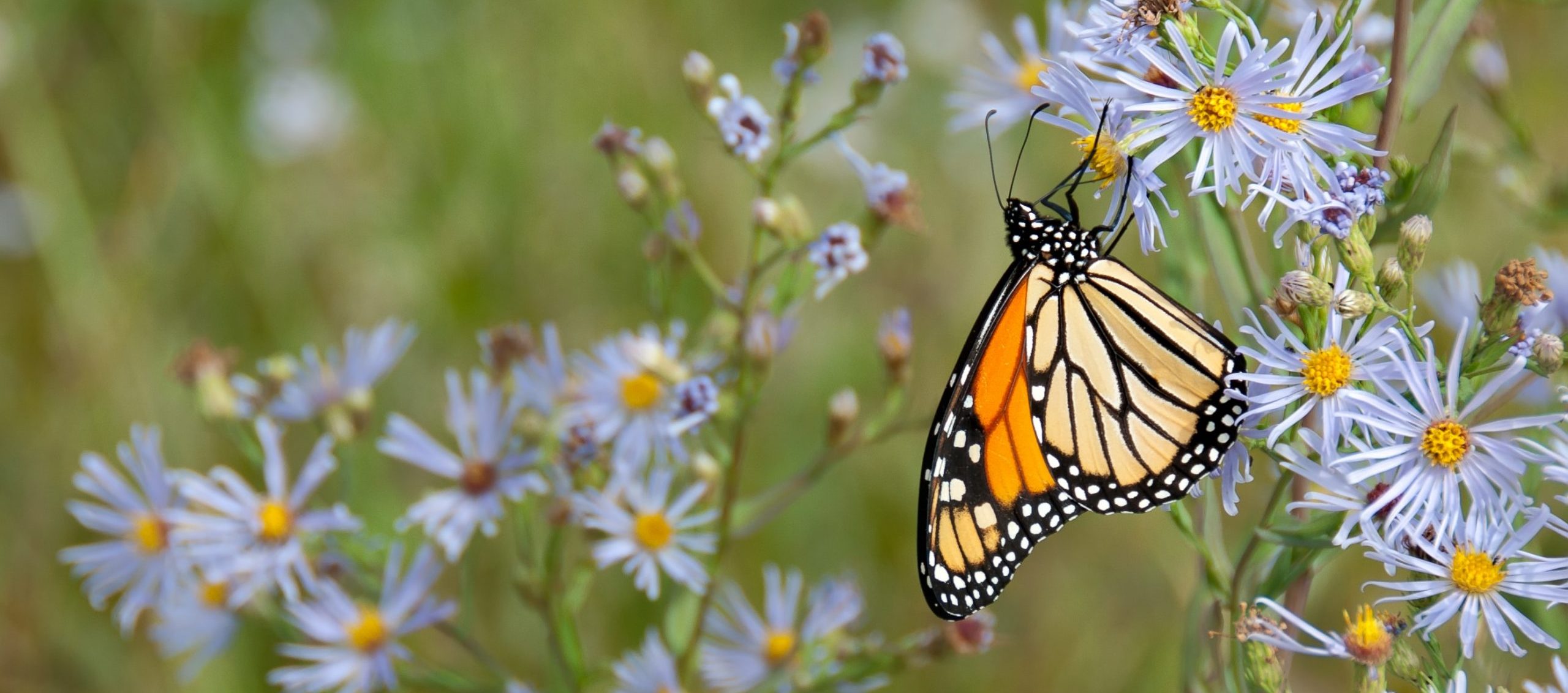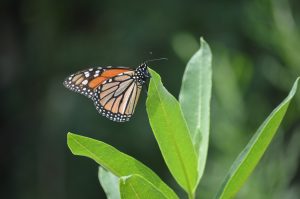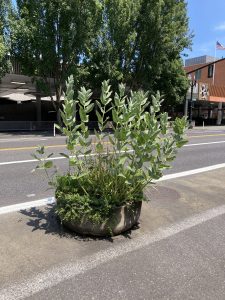The Monarch Butterfly: On the Brink of Extinction but Denied Federal Protection

Even though we’ve all had that on our minds lately, it’s still important to consider species that play critical roles in ecosystems and are threatened with extinction. One such species is the monarch butterfly. Pollinators such as the monarch are essential to the wellbeing and survival of many animals as they are responsible for helping 80 percent of the world’s flowering plant reproduce.
As our partners at the Xerces Society and other environmental groups have tracked, there has been a decline of over 70% of the eastern migratory monarch butterfly population since the 1990s. The western migratory population, which we see in Oregon, has also declined by over 99.99% since the 1980s.

There was hope that the federal government would take action to protect the imperiled species, but last week butterfly and pollinator lovers had cold water thrown on that hope. The Trump administration’s U.S. Fish and Wildlife Service decided that while the monarch butterfly is threatened with extinction, it will not come under federal protection. This decision will delay the protection of habitat that is necessary for species such as the monarch to adapt to climate change and other threats. As Sarina Jepsen, Director of Endangered Species at the Xerces Society mentioned in their response to the news, “this decision does not yet provide the protection that monarchs, and especially the western population, so desperately need to recover.”

As the New York Times reported, part of the reason for the decline of the monarch butterfly’s populations is related to milkweed:
Some of this collapse is tied to a need for milkweed, the only plant that monarch caterpillars can eat. Milkweed has declined across monarch breeding grounds throughout the United States since farmers started using crops that are genetically modified to tolerate Roundup, a brand of weed killer. Milkweed often grew among crops, but cannot survive spraying.

While federal protections won’t be coming as soon as we’d like, luckily, milkweed can be planted by anyone in their yard, on their patio, or even on their roof! There is a need for more milkweed to be planting in urban areas.
One thing that Lloyd EcoDistrict has done to help out is planting milkweed on the NE Multnomah Pollinator Corridor.
We also plan to add milkweed to the re-imagined Peace Memorial Park, increasing the amount of suitable monarch butterfly urban habitat.
However, we need your help to help make that happen! Please consider making an end of year contribution to the Peace Memorial Park fund so we have the resources needed to restore this corner of Portland and provide additional critical habitat for monarch butterflies and other important pollinators.
Tags: habitat protection, monarch butterflies, Peace Memorial Park, Pollinator, Pollinator Garden, Pollinator Placemaking, urban habitats
